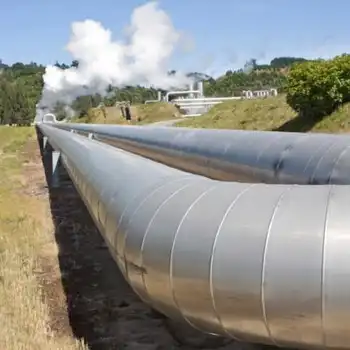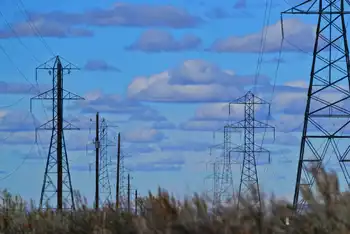Isotope production at risk, auditor finds
By Toronto Star
Substation Relay Protection Training
Our customized live online or in‑person group training can be delivered to your staff at your location.

- Live Online
- 12 hours Instructor-led
- Group Training Available
Two replacement isotope-producing reactors are eight years behind schedule and untold millions over budget, the report by federal Auditor General Sheila Fraser says.
The auditor's report on AECL, a Crown corporation, was completed in late August, before the November shutdown of AECL's Chalk River reactor over the safety concerns of the Canadian Nuclear Safety Commission.
The report points to the lack of back-up reactors to produce isotopes even though the existing Chalk River reactor is "well past the end of its originally intended useful life."
It also expresses concern over the need to replace other aging facilities at Chalk River and to develop a new generation of Candu nuclear reactors.
The report was given to the AECL board of directors on Sept. 5 and also to Natural Resources Minister Gary Lunn, an official with the auditor confirmed.
The Chalk River reactor, run by AECL, was shut down on Nov. 18 for routine maintenance, but an inspection by the regulatory staff found that mandatory safety upgrades – connecting vital cooling pumps to an emergency power supply – had not been done. That put the reactor in violation of its operating licence and AECL opted to keep it shut.
The result was a worldwide shortage of radioisotopes used for medical diagnosis and treatment, prompting the government to pass legislation ordering the start-up of the reactor.
This week a spat between Lunn and Linda Keen, safety commission president, erupted in public.
Lunn, in a Dec. 27 letter to Keen, threatened to have her fired. Keen, safety commission president for seven years, responded Tuesday, accusing Lunn of serious political interference in an independent agency, which she suggested could have a chilling effect on all arm's-length agencies.
Keen refused to comment on the controversy during a break at a commission hearing in Oshawa. The hearing dealt with a number of issues, including an update on the situation at Chalk River.
Arthur Kroeger, a former deputy minister of natural resources and chancellor at Carleton University, said yesterday "there are a lot of people going to be concerned about the prospect of politicians manhandling an agency responsible for nuclear safety."
Liberal Leader Stéphane Dion said Lunn should be "fired," but doubted that will happen given that Prime Minister Stephen Harper was the first to publicly attack Keen's credibility.
Dion said at the very least Lunn should be called before Parliament's natural resources committee to explain his "incompetent" handling of the file.
Lunn has not spoken publicly about the Chalk River matter since it leaped into the news last month.
Bernie Shaffer, a retired senior federal government lawyer and legal adviser to the nuclear safety commission for years, said the Conservatives have violated long-standing expectations that government won't stick its nose into the business of independent agencies except on broad policy matters.
"Gary Lunn is not the boss of the commission," he said.
Shaffer said it is the commission's mandate to act on matters of nuclear safety and not concern itself with the production of radioisotopes. "Nuclear safety is job one," he said. "I think they are basically using Linda Keen as a scapegoat."











